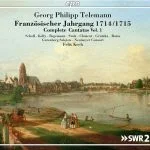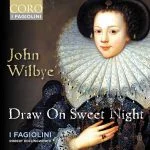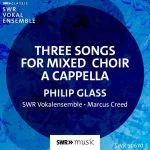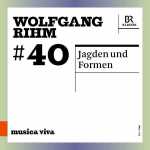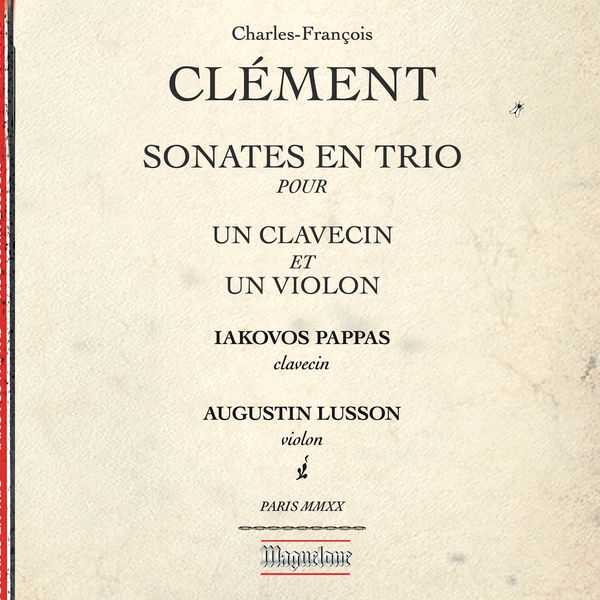

Composer: Charles-François Clément
Performer: Augustin Lusson, Iakovos Pappas
Format: FLAC (tracks)
Label: Maguelone
Catalogue: MAG358.435
Release: 2022
Size: 825 MB
Recovery: +3%
Scan: cover
Sonatas for Violin & Harpsichord, No. 1
01. I. Allegro ma non troppo
02. II. Aria. Affettuoso
03. III. Allegro
Sonatas for Violin & Harpsichord, No. 2
04. I. Allegro
05. II. Andante
06. III. Allegro ma non troppo
Sonatas for Violin & Harpsichord, No. 3
07. I. Allegro
08. II. Largo e affettuoso
09. III. Minoettos I & II
10. IV. Giga. Allegro
Sonatas for Violin & Harpsichord, No. 4
11. I. Allegro
12. II. Aria I & II
13. III. Presto
Sonatas for Violin & Harpsichord, No. 5
14. I. Concerto
15. II. Aria I & II
16. III. Allegro poco andante
Sonatas for Violin & Harpsichord, No. 6
17. I. Allegro ma non troppo
18. II. Aria. Grazioso
19. III. Allegro
Charles-François Clément, born in Provence around 1720 and died in Paris in 1789, was professor of harpsichord in Paris, where he published: three cantatilles entitled Le Départ des guerriers, Le Retour des guerriers in 1750 and Le Célibat in 1762; a book of Sonates en Trio pour un Clavecin et un Violon in 1743; a Livre de clavecin, containing ariettes and arias transcribed for Harpsichord alone or with violin accompaniments; The music was chosen from the interludes and the successful comic operas. This journal was published monthly in Paris during the years 1762, 1763, 1764 and 1765. He gave at the Théâtre-Italien La Pipée, in two acts (1756), which he parodied to the music of the Paratorio, opera by Jomelli, and at the Opéra-Comique, in the same year, La Bohémienne, in two acts.
Initiated a freemason, he was a member of the famous lodge Les Neuf Sœurs from 1778 to 1784. Although we here have compositions for two instruments, Clément, probably echoing the warning of Rameau’s Pièces de clavecin en concerts published in 1741, considers that the harpsichord is worth two voices, and consequently that his sonatas are trio pieces. These sonatas are not only a musical peak, but most certainly the last important opus that remained to be presented to the public.
